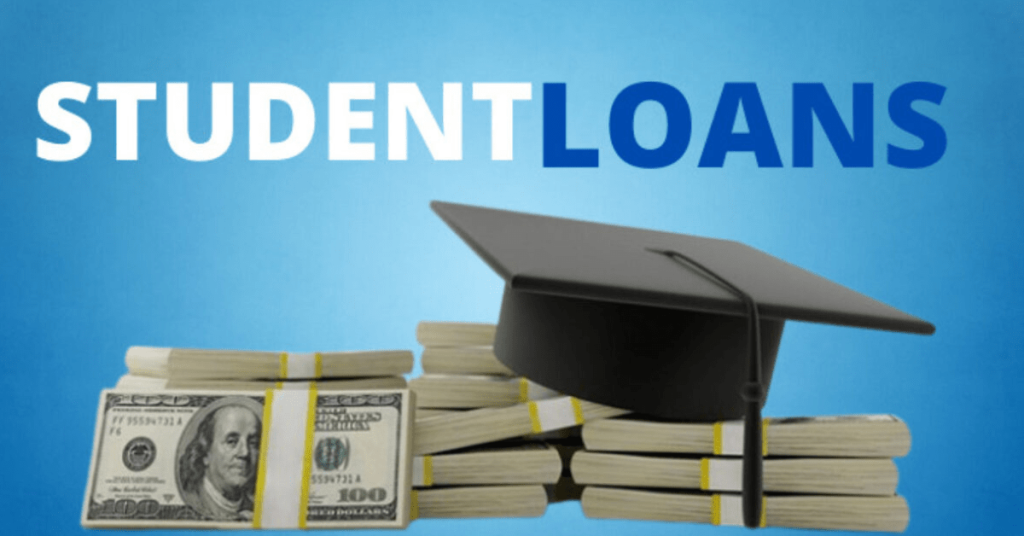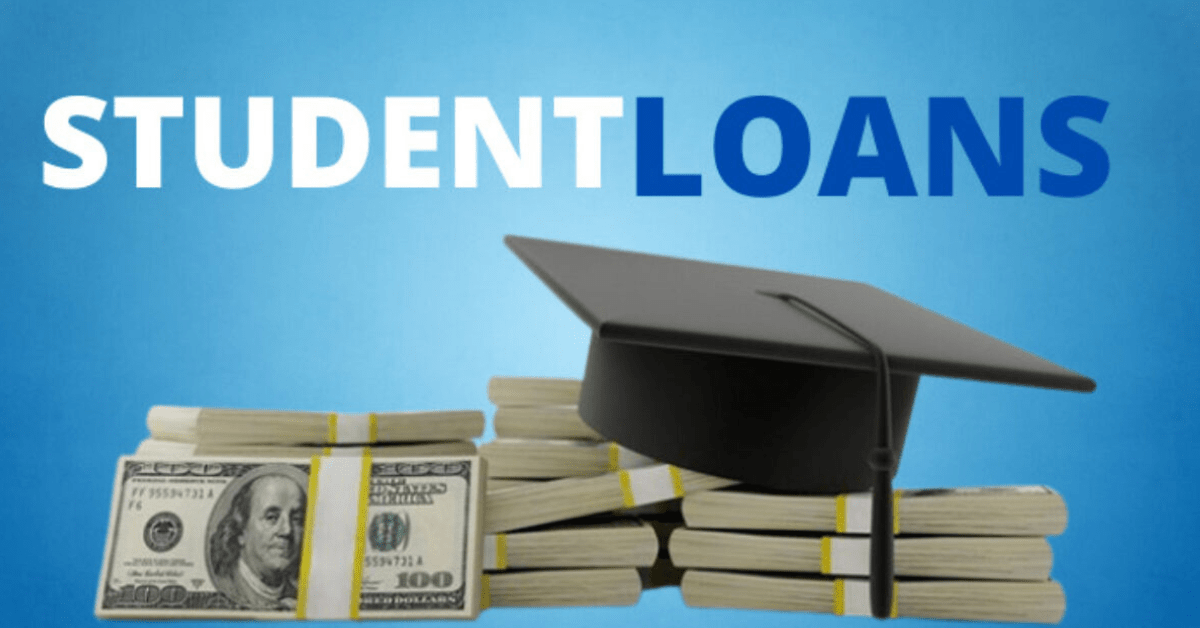
Introduction
In the ever-evolving landscape of student loans, refinancing has emerged as a beacon of hope for borrowers seeking relief from the burden of debt. Student loan refinancing offers the potential to lower interest rates, reduce monthly payments, and simplify repayment terms. However, navigating the refinancing process can be complex and daunting. This article aims to demystify the intricacies of student loan refinancing, empowering borrowers to make informed decisions about their financial futures.
Understanding Student Loan Refinancing:
Student loan refinancing involves taking out a new loan to pay off existing student loans, often with more favourable terms. This process is typically offered by private lenders, such as banks, credit unions, and online financial institutions. Borrowers may choose to refinance federal, private, or both types of student loans.
Benefits of Refinancing:
- Lower Interest Rates: One of the primary motivations for refinancing is to secure a lower interest rate. A lower rate can result in significant long-term savings by reducing the total amount paid over the life of the loan.
- Reduced Monthly Payments: Refinancing can also lead to lower monthly payments, providing immediate relief to borrowers struggling to manage their finances.
- Simplified Repayment: Refinancing allows borrowers to consolidate multiple loans into a single, streamlined repayment plan. This simplification can make it easier to keep track of payments and stay organized.
- Flexible Terms: Private lenders often offer a variety of repayment terms, allowing borrowers to choose the option that best fits their financial situation. Options may include fixed or variable interest rates and different loan durations.
Considerations Before Refinancing:
While student loan refinancing offers numerous benefits, it’s essential for borrowers to carefully consider the potential drawbacks and implications before proceeding:
- Loss of Federal Benefits: Refinancing federal student loans with a private lender means forfeiting federal benefits such as income-driven repayment plans, loan forgiveness programs, and deferment or forbearance options. Before refinancing federal loans, borrowers should weigh the value of these benefits against the potential savings from a lower interest rate.
- Creditworthiness Requirements: Private lenders typically evaluate borrowers’ creditworthiness when determining eligibility and interest rates for refinancing. Those with excellent credit may qualify for the most favorable terms, while others may face higher rates or be denied altogether.
- Variable Interest Rates: While variable interest rates may initially be lower than fixed rates, they are subject to change over time based on market conditions. Borrowers should carefully consider their risk tolerance and ability to absorb potential rate increases.
- Fees and Costs: Refinancing often involves fees such as origination fees, application fees, and prepayment penalties. Borrowers should factor these costs into their decision-making process and ensure that the potential savings outweigh the fees.
How to Refinance Student Loans:
- Research Lenders: Start by researching reputable lenders that offer student loan refinancing. Compare interest rates, repayment terms, fees, and customer reviews to find the best fit for your needs.
- Check Eligibility: Review each lender’s eligibility requirements to determine if you qualify for refinancing. Factors such as credit score, income, employment history, and debt-to-income ratio may influence eligibility and interest rates.
- Gather Documents: Prepare necessary documents such as loan statements, proof of income, and identification documents to streamline the application process.
- Apply for Refinancing: Submit applications to your chosen lenders, being mindful of any application deadlines or requirements. Consider applying with multiple lenders to compare offers and negotiate for the best terms.
- Review and Sign: Once approved, carefully review the terms of the new loan agreement before signing. Pay close attention to interest rates, repayment terms, fees, and any other relevant details.
- Repay Existing Loans: Upon finalizing the refinancing process, your new lender will pay off your existing student loans. Continue making payments as usual until the refinanced loan is in effect.
Conclusion:
Student loan refinancing can be a valuable tool for borrowers seeking to manage their debt more effectively. By understanding the benefits, considerations, and steps involved in the refinancing process, individuals can make informed decisions that align with their financial goals. Whether seeking lower interest rates, reduced monthly payments, or simplified repayment terms, refinancing offers the potential to lighten the burden of student loan debt and pave the way toward financial freedom.
